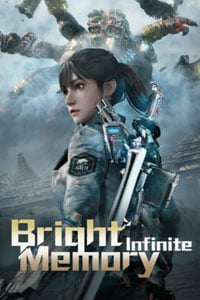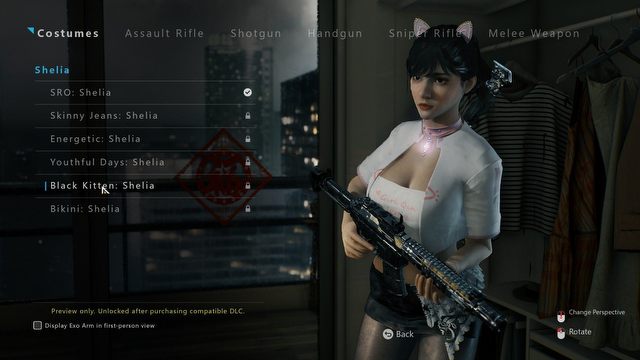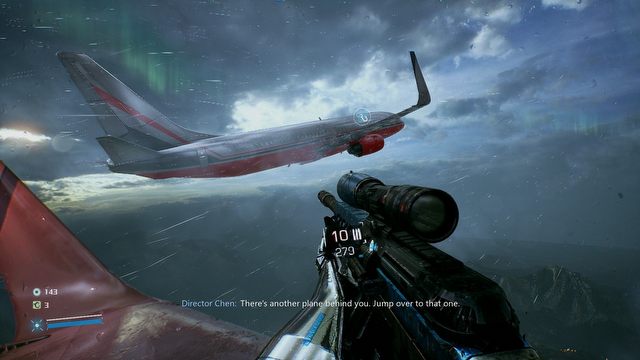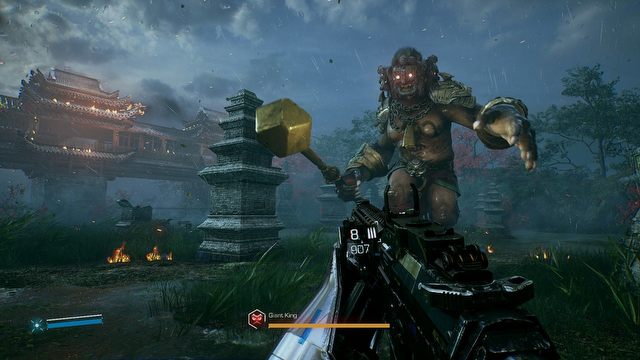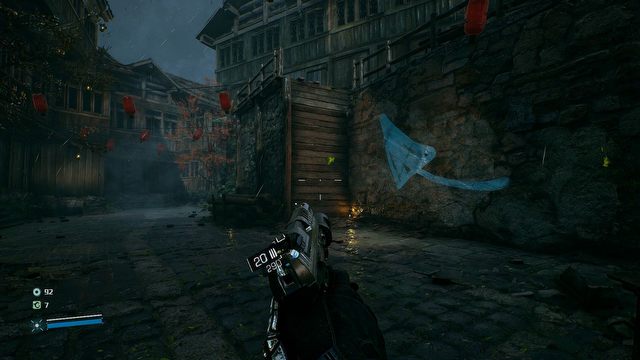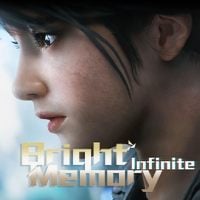Bright Memory Infinite Review - A Broken Hybrid of Crysis and Shadow Warrior
Swordfighting and shooting cutting-edge guns isn’t a common combination in FPS games. However, an alluring concept and jaw-dropping visuals are still not enough to recommend Bright Memory: Infinite, even to die-hard fans of Crysis and Shadow Warrior.
The review is based on the PC version. It's also relevant to PS5, XSX version(s).
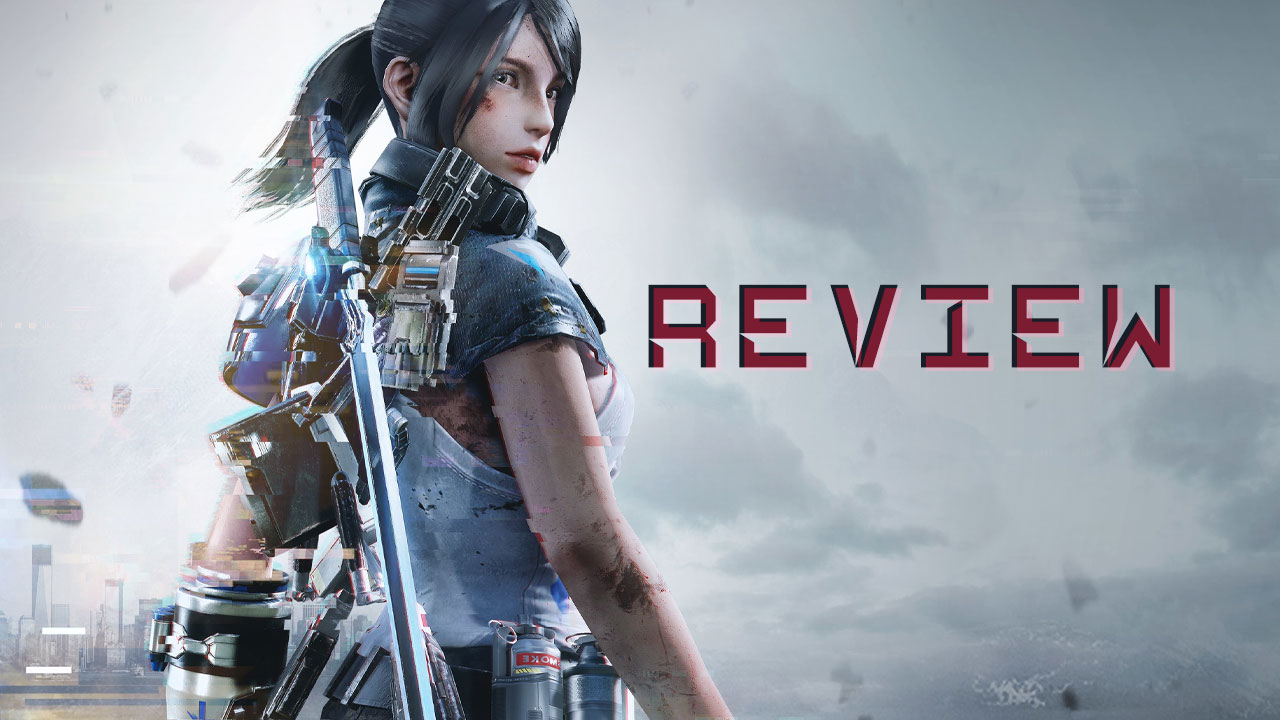
What can a single person achieve? Bright Memory: Infinite reminded me about this question, once asked by splendid Torment: Tides of Numenera. We had many acclaimed games made by one person in the past (ever heard of Stardew Valley?), but I don’t reckon there ever was a shooter so visually impressive as BMI.
Zeng Xiancheng is the one-man army behind this title, but he prefers to introduce himself as the FYQD Studio. Bright Memory’s first episode was released on Steam in Early Access in 2019. It instantly attracted general attention (graphics did, to be precise) and was widely praised, therefore FYQD decided to re-release the game in a complete form, titled Bright Memory: Infinite. However, Episode 1 was still available for purchase for 10 bucks, and if you bought it prior to the full version’s launch (which is exactly today), you’d get Infinite at no additional cost. And that is truly an honest price for BMI.
Eye-watering graphics
- combining sword with guns in combat is fun;
- spectacular visuals;
- the action is gripping…
- It takes just around two hours to beat the whole thing;
- awful screen shaking;
- archaic and claustrophobic level design;
- dumb AI;
- dull characters and almost nonexistent story;
- various bugs.
The first thing you should know about Bright Memory: Infinite is that the game is exceptionally short. It took me around two hours to beat it on medium difficulty, with leisurely exploration of levels. And there is nothing to do once you see the credits, except for playing again on a higher difficulty, perhaps with another skin for the protagonist.
The second thing you should be aware of is that playing this game can give you a headache. Literally. Just watch any gameplay trailer and consider if you can bear this volume of flashes, blur and screen shakes. I can’t remember if there was ever a game that could make my eyes hurt as quickly as BMI. Unfortunately, there’s no way to reduce this effect in the options menu. The same goes for head bobbing and vastly exaggerated weapon sway on movement. You may really feel uncomfortable with it.
Bright Memory: Infinite gives me little reason to praise it, overall. When compared to other shooters, BMI feels average at best. That’s an impressive accomplishment for a single developer, especially considering the difficult genre and the game’s technical advancement.
The tech behind it is also the factor that gives good first impression. A detailed environment with abundant post-processing effects and particles in the air (not to mention the support for RTX, Reflex and other NVIDIA’s bells and whistles) can, in theory, convince anyone that BMI looks great. In theory. Shortcomings become obvious when you stop for a moment and take a closer look. The protagonist’s dead eyes, rough water clipping through boats’ textures, hilarious ragdoll, bodies abruptly disappearing, and various other glitches remind you that this is a one-man venture after all.
90s design manuals
Imperfect graphics is not what makes Bright Memory: Infinite an average game. It’s the level design that is the main culprit. BMI is composed of narrow corridors and tight arenas, with the infamous “press F to pay respect” mechanics used constantly to move forward to another area (usually in form of “press F to grapple”). Small spaces wouldn’t be a problem if the game didn’t put so much emphasis on mobility. You can dash, slide, double jump and even wall run, but there’s little room to actually use these moves.
Even during boss fights you must check your surroundings constantly to avoid hitting walls – as well as to detect enemies who tend to spawn behind your back. Some special attacks require sprinting before you can activate them and finding space to do that turns out difficult. At the same time, despite the small size of levels, FYQD Studio thought that navigating them may be troublesome to players, so they decided to put giant arrows on walls here and there, bluntly pointing where you should go next.
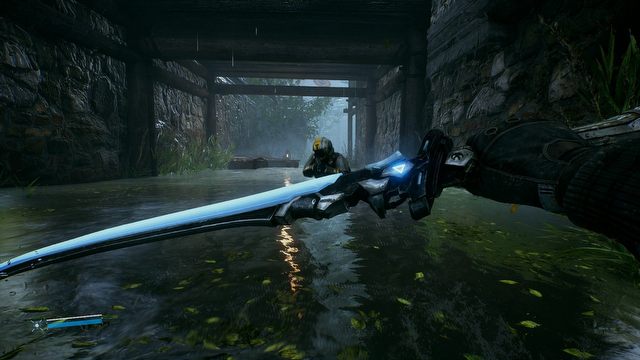
My favourite tactics: sword reflects bullets so I block until the enemy comes close, shoots me and kills himself.
Moreover, despite BMI’s modest length, Zeng Xiancheng struggled to fill the game with interesting and different sequences. The best example is the level where all of a sudden, you’re forced to sneak and eliminate foes quietly with a cleaver because some supernatural storm made your guns and sword malfunction (but enemies still can shoot somehow). It’s also the point where dumb AI is much more glaring than usual. During firefights you may not notice that baddies simply shoot, standing randomly, crouching or walking towards you (they sometimes also toss grenades in your general direction), but it’s hard to miss that they can’t even spot their dead comrades when patrolling the area.
Fortunately, other levels are more thoughtful, and their diversity makes the action quite gripping. Two-hour length is not the only factor protecting you from boredom in Bright Memory: Infinite. Apart from enemy soldiers, you must deal with ancient warriors, giant bosses, platforming, and even a car chase. There’s nothing brilliant here, but challenges are varied enough to make you beat the game in one session. Also, the core combat system is somewhat enjoyable. Combining four different guns (two firing modes each) with spectacular sword attacks and using a few other gadgets can result in satisfying battles. At least when you’re not constantly running on walls and grappling with the controls which tend to be unresponsive.
One life is not enough
You may think that I forgot to mention the narrative, but you’re only partly right. Discussing something that nearly doesn’t exist is pointless. One day a black hole (sic!) appears in the sky somewhere in China, so the protagonist, a special operative named Shelia, goes there and kills an army of random bad guys who try to “change the world” (don’t ask me what it means). Yes, there are cut scenes and a good deal of dialogues, but they don’t make much sense and are kinda dry. “Director Chen, there is a river, what should I do?”, asks Shelia. “Use the grapple and jump over it,” answers Chen. And so it goes.

Our reviews are featured on Metacritic.
So, is there any reason to play Bright Memory: Infinite? Unless you’re curious about what can a single person achieve in the video games industry (at least in terms of development alone; Zeng Xiancheng had help from the publisher, composer, etc.) – there isn’t. Otherwise, you should pick any other shooter, especially Shadow Warrior, if mixing guns and swords sounds good to you.
Bright Memory: Infinite
Bright Memory Infinite Review - A Broken Hybrid of Crysis and Shadow Warrior
Swordfighting and shooting cutting-edge guns isn’t a common combination in FPS games. However, an alluring concept and jaw-dropping visuals are still not enough to recommend Bright Memory: Infinite, even to die-hard fans of Crysis and Shadow Warrior.
